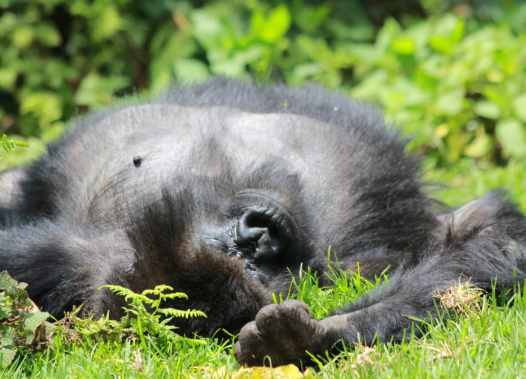Gorillas and Their Sleeping Habits: Understanding the Restful Giants
Gorillas are one of our closest relatives in the animal kingdom, and their sleeping habits offer fascinating insights into their behavior and lifestyle. Understanding how these magnificent creatures sleep not only increases our knowledge of their natural history but also emphasizes the importance of their conservation. By delving into the sleeping patterns of gorillas, we can appreciate their needs and the environment that supports them.
The Sleeping Arrangements of Gorillas
Gorillas generally spend their nights in nests that they create in trees or on the ground. These nests are made from leaves, branches, and other available materials. By building nests high in trees, gorillas can avoid ground predators and feel more secure while resting. Interestingly, gorillas tend to create a new nest every night, which may also serve as a way to maintain hygiene and reduce the presence of parasites. This adaptive behavior showcases the gorilla’s intelligence and their instincts for survival.
Daily Sleep Patterns
Gorillas are known for their distinct daily routines, which include periods of feeding, socializing, and resting. Most gorillas sleep for about 12 hours each night, usually from dusk until dawn. They prefer to settle down after a long day of foragng for food. Gorillas often exhibit a diurnal lifestyle, being more active during the daytime. This sleep pattern allows them to capitalize on daylight hours for feeding while conserving energy at night.
Impact of Environmental Factors
The sleeping habits of gorillas can be influenced by various environmental factors. For instance, weather conditions, such as rain or strong winds, may affect their choice of nesting sites and sleeping patterns. During particularly harsh weather, gorillas might opt for more sheltered locations. Additionally, human activity and habitat disruption can create stress, leading to changes in their sleep behaviors. Understanding these influences underscores the critical importance of conservation efforts aimed at preserving their natural habitats.
Conclusion
Gorillas are extraordinary creatures, and their fascinating sleeping habits reflect their intelligence and adaptability. Understanding how they rest allows us to appreciate these gentle giants more deeply, and the challenges they face in the wild. Many wildlife enthusiasts even collect or admire gorilla-inspired sculptures, making this art form a way to connect emotionally with these majestic animals. If you are interested in gorillas and would like to learn more about their lifestyle and conservation, take the time to explore more resources and stories about these amazing creatures. Your knowledge can contribute to their conservation and ensure their survival for generations to come.

